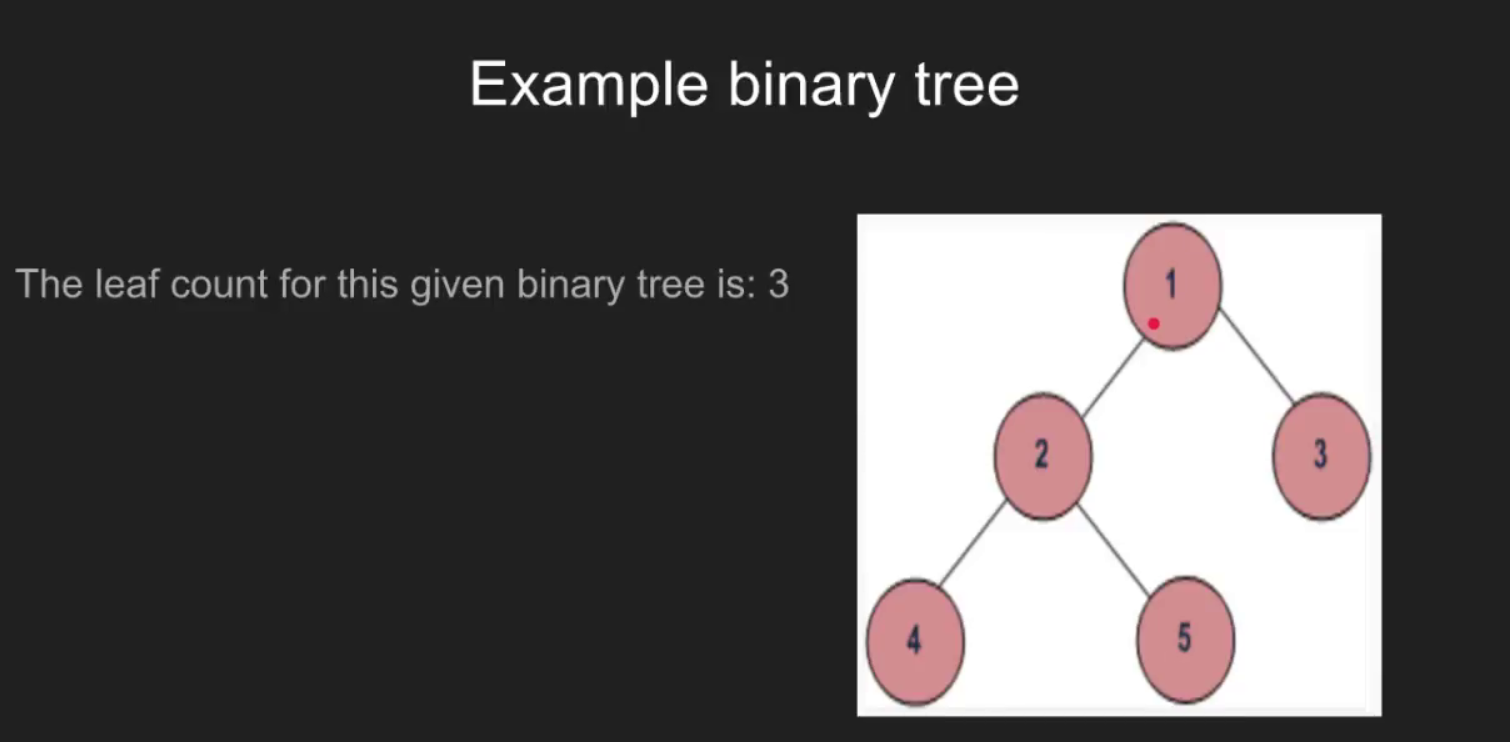OpenCV的(开源计算机视觉)是一种计算机视觉库, 其中包含用于对图像或视频执行操作的各种功能。 OpenCV库可用于对视频执行多项操作。
让我们看看如何使用OpenCV Python播放视频。
为了捕获视频,我们需要创建一个VideoCapture对象。视频捕获具有设备索引或视频文件的名称。设备索引只是指定哪个相机的数字。如果我们传递0,那么第一个摄像头是0,第二个摄像头是1,以此类推。我们一帧一帧地捕捉视频。
语法 :
cv2.VideoCapture(0): Means first camera or webcam.
cv2.VideoCapture(1): Means second camera or webcam.
cv2.VideoCapture("file name.mp4"): Means video file下面是实现:
# importing libraries
import cv2
import numpy as np
# Create a VideoCapture object and read from input file
cap = cv2.VideoCapture( 'tree.mp4' )
# Check if camera opened successfully
if (cap.isOpened() = = False ):
print ( "Error opening video file" )
# Read until video is completed
while (cap.isOpened()):
# Capture frame-by-frame
ret, frame = cap.read()
if ret = = True :
# Display the resulting frame
cv2.imshow( 'Frame' , frame)
# Press Q on keyboard to exit
if cv2.waitKey( 25 ) & 0xFF = = ord ( 'q' ):
break
# Break the loop
else :
break
# When everything done, release
# the video capture object
cap.release()
# Closes all the frames
cv2.destroyAllWindows()注意:视频文件应与执行程序的目录位于同一目录中。
输出如下:
视频样本帧:

相关文章: 如何以反向模式播放视频.
首先, 你的面试准备可通过以下方式增强你的数据结构概念:Python DS课程。

